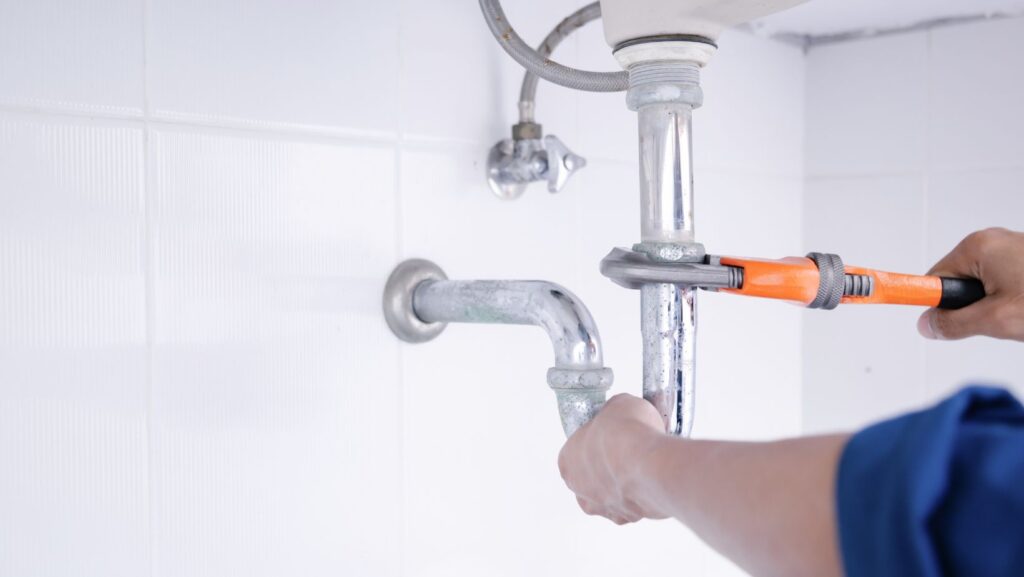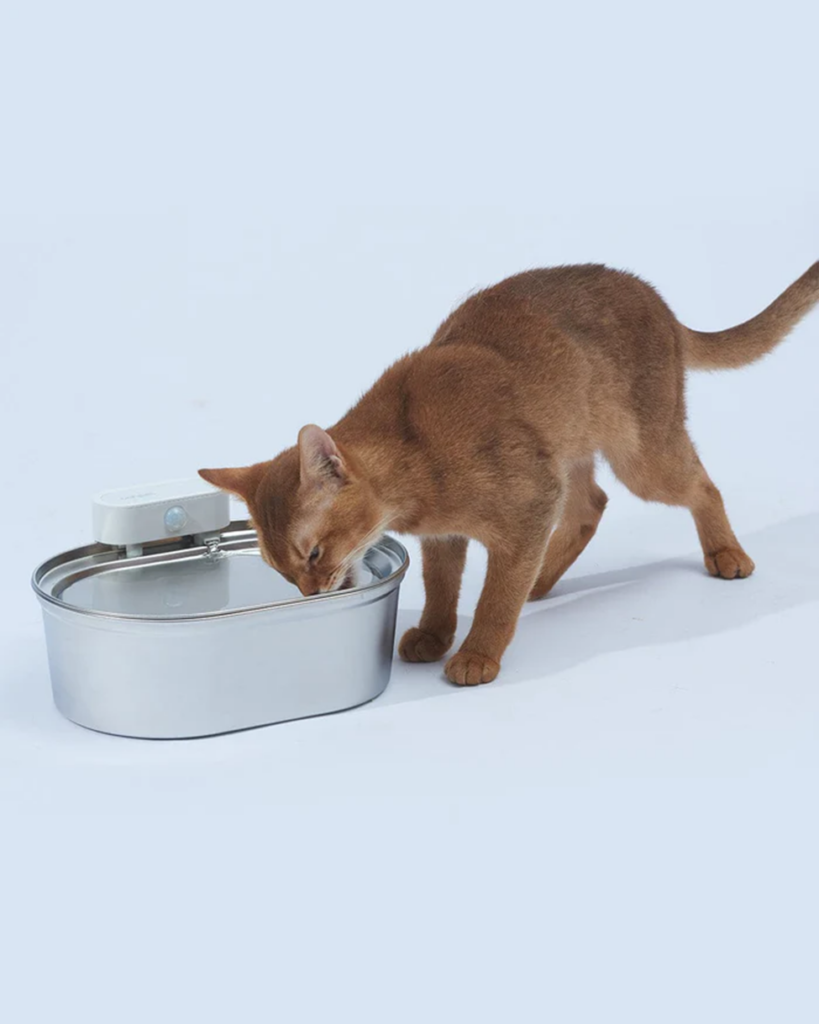Your main water line is a vital part of your plumbing system, supplying water for all your household needs. It connects your home to the municipal water supply, ensuring access to clean water for daily activities. But when things go wrong, like a broken water line or water line leak, it can mess up your day and cause big damage. Knowing how to fix a water main repair quickly is important for every homeowner. This will cover water line repair, what to look for, what it costs, and replacement options.
Water Main Repair Signs
Detecting problems with your main water service line early can prevent bigger issues and more expensive repairs. Here are the common signs you may need water line repair:
Decreased Water Pressure
A noticeable drop in water pressure is a sign of a water line leak or damaged water line. This affects your whole house so you need to investigate ASAP.
Unexplained Wet Spots
Wet spots in your yard, when it hasn’t rained, means a broken water line. These spots may be soggy or show water pooling, indicating broken pipes that require urgent repairs to prevent further damage.
High Water Bills
A sudden increase in your water bill without a corresponding increase in usage means a water line leak. Monitor your water bills to detect leaks early.
Strange Sounds
Hearing hissing or bubbling sounds near your water service lines means a busted water line. These sounds are usually from water escaping the broken pipe.
The repair process involves identifying the exact location of the leak, cutting out the damaged section, and using techniques such as soldering to fix the copper pipes. After the repair, the system is flushed to ensure clean water.
Discolored Water
Rusty or cloudy water means corrosion or debris in your water pipes. This means you may need water line repair or replacement.
Water Line Damage Causes
Knowing the common causes of water line damage can help you prevent future problems. Here are the usual causes:
Old Pipes
Older underground water lines corrode and wear out, leading to leaks and breaks.
Ground Movement
Weather changes, earthquakes, or construction can shift the soil and stress water service lines causing them to crack or break.
Tree Roots
Tree roots can infiltrate and damage water service lines if they’re looking for moisture.
High Pressure
Too much water pressure can strain pipes and cause breaks or leaks.
Poor Installation
Bad installation practices can create weak points in the plumbing system and cause water line failures.
Water Main Repair Options
When you have a main water line issue, you have several repair options. The best one depends on the extent of the damage and your situation.
Traditional Method
The traditional method is to excavate the area around the broken pipe to access and repair it, which can be particularly challenging when dealing with an existing water line.

While it works, it’s disruptive and expensive especially if the pipe is under driveways, sidewalks, or landscaped areas.
Trenchless Replacement
Trenchless replacement is a less invasive option that requires minimal digging. This method uses advanced technology to repair or replace the broken water line without extensive excavation. There are two types of trenchless repairs:
Pipe Bursting
This method involves breaking the old pipe while pulling a new pipe into place. Good for replacing severely damaged pipes.
Pipe Relining
In this method, a resin-coated liner is inserted into the existing underground water line and then inflated. The resin hardens and creates a new pipe within the old one. Good for repairing cracks and leaks.
Spot Repairs
For minor leaks or damage, spot repairs can be done. This is fixing only the affected section of the water line which is a cost-effective solution for localized problems.
Water Line Repair Cost
The cost of water line repair varies depending on the extent of the damage, repair method, and location of the broken pipe. Here’s a breakdown:
Traditional Repair Cost
Traditional main water line repair can cost from $3,000 to $6,000 depending on the complexity of the job and the amount of excavation required.
Trenchless Replacement Cost
Trenchless replacement cost is between $4,000 to $15,000. While this may be more expensive upfront, it can save you money on landscaping and restoration costs.
Spot Repair Cost
Spot repair cost is between $500 to $1,500 depending on the severity and location of the damage.
Factors that Affect Cost
- Pipe Material: Different materials have different repair costs. For example, copper pipes are more expensive to repair than PVC or PEX pipes.
- Location: Repairs in hard-to-reach or heavily landscaped areas can be more costly because of labor and equipment needed.
- Extent of Damage: More damage requires more materials and labor, hence more cost.
- Labor Costs: Labor costs can significantly affect the overall expense of a plumbing project. DIY approaches may save on labor, but hiring professional plumbers incurs higher labor costs while offering expertise and efficiency.
Call a Professional Plumber
While some minor repairs can be done by homeowners, most main water line repairs require the expertise of a licensed and experienced plumber. Here’s why:
Expertise and Experience
Professional plumbers have the training and experience to diagnose the problem and repair it correctly. They can also recommend the best repair method for your situation. Hiring a professional for water line replacement ensures quality and efficiency, considering the various factors affecting the cost and necessity for homeowners.
Safety
Repairing water lines involves working with water pressure and hazardous conditions. Professionals have the tools and knowledge to do it safely.

Similarly, repairing a broken sewer line presents its own set of challenges and potential costs, often requiring professional assistance to address the complexities of underground plumbing.
Code Compliance
Professional plumbers make sure all repairs comply with local building codes and regulations so you won’t have any legal issues and the repair will last longer.
Insurance and Guarantees
Reputable plumbing companies offer insurance and guarantees on their work so you have peace of mind and protection against future problems.
Preventing Future Water Line Issues
Preventive measures can extend the life of your water service lines and reduce the need for future repairs. Here are some tips:
Inspections
Schedule regular inspections of your plumbing system to detect early signs of damage or wear. A professional plumber can identify potential problems before they become major issues.
Monitor Water Pressure
Keep your water pressure in check to avoid stress on your water lines. Install a pressure regulator to keep pressure within a safe range.
Protect Pipes from Roots
If you have trees near your water service lines, consider installing root barriers to prevent root intrusion. Inspect areas with heavy tree growth for signs of root damage.
Upgrade Old Pipes
If your home has old plumbing, consider upgrading to modern materials like PEX or PVC. These are more resistant to corrosion and wear, and less repair is needed.
Conclusion
Water line repair is part of your home’s plumbing maintenance. Knowing the signs of a damaged water line, the repair options, and the cost of replacement can help you address the issue quickly and smartly. Whether you choose traditional repair or trenchless replacement, call a professional plumber to get it done right and safely. Regular maintenance and preventive measures can extend the life of your water service lines and save you time, money, and stress in the long run.



